Homeowners Guide to Building a Fence
Are you considering building a fence on your property? Here is what you should know about building a fence and everything that goes into it.
Adding a fence to your yard offers numerous benefits for your home, including enhanced privacy, security, and safety. Installing a quality fence is an excellent way to increase your home's value and elevate your curb appeal without significant renovations.
Popular types of fences include privacy, wood, split-rail, and basket weave. Vinyl and metal fences are typically pre-assembled, making installation easier. When considering a fence, you must deliberate on the type, budgeting, location, and assistance required.
Adding a fence to your property effectively elevates your yard and creates a flawless landscape. Even a simple fence can significantly enhance the space, providing both functional and aesthetic advantages.
If you need to save money, consider a DIY approach to building your own fence. There are numerous cost-saving options available. Keep reading to learn all you need to know about building a fence.
Here is everything you should know about building a fence.
1. Overall Cost of Building a Fence
The size of your yard is a major factor that will significantly impact the cost of building a fence. This will determine the amount of materials needed and the labor required for installation. On average, wood or vinyl fence installation costs range from $4,000 to $12,000, equivalent to $20 to $60 per linear foot.
For privacy fences, anticipate costs of about $25 to $60 per linear foot, while picket fences will likely require an investment of approximately $20 to $50 per linear foot. If considering fence replacement, expect to allocate about $30 to $80 per linear foot.
Below is a chart of the average fence cost for installation per linear foot.
| Fence Length (Linear Feet) | Average Cost Installed |
| 50 | $1K - $3K |
| 100 | $2K - $6K |
| 150 | $3K - $9K |
| 200 | $4K - $12K |
| 300 | $6K - $18K |
| 400 | $10K - $24K |
Below is the average costs for each type of material you can use:
| Material Type | Cost per Linear Foot Installed |
| Wood | $20-$50 |
| Vinyl | $30-$60 |
| Composite | $20-$85 |
| Metal | $20-$85 |
| Wrought Iron | $50-$85 |
The American Fence Company strongly recommends that pre-made fences are typically more cost-effective and require less installation time. However, this is contingent upon your yard type and preferences. When constructing a fence, there are numerous options to evaluate, so it's crucial to carefully assess the advantages and disadvantages of each to determine what best suits your needs and budget.
It's also important to note that, similar to the real estate market, there are specific times when fencing is more affordable or expensive. Generally, the most economical period to install a fence is during the off-season, including fall, winter, and early spring. Late spring and summer are typically peak times; during these seasons, materials and labor may be more costly due to the higher demand.
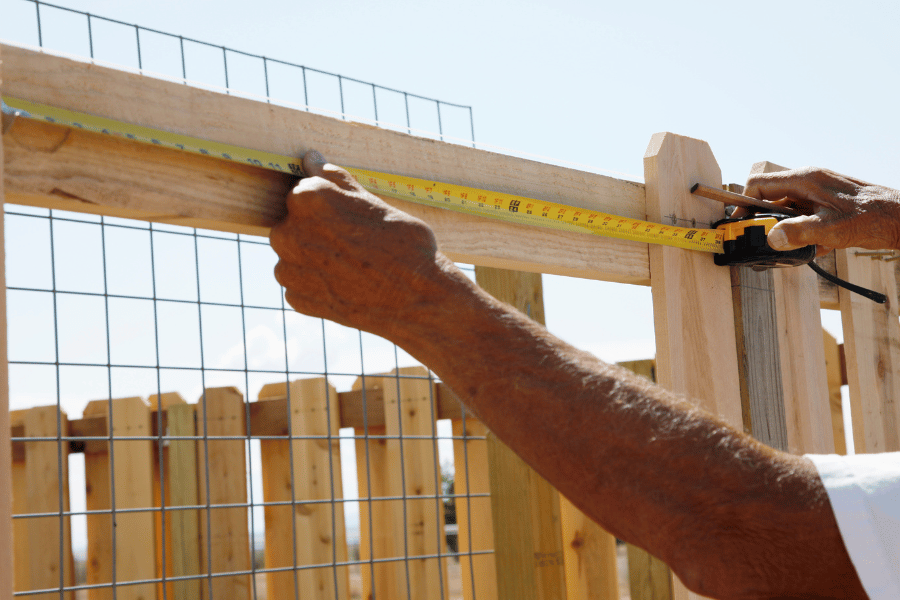
2. Determine Why You Want a Fence
Different types of fences serve various purposes. Before you start building something, it is essential to understand why you want it and what its purpose will be. Here are some things you should consider that will also help you decide what type of fence you want.
- Safety: Protection is one of the main reasons people get fences. A fence is a practical and attractive solution for keeping small children and pets from wandering outside a home.
- Security: A fence keeps your family safe by making it harder for someone to enter your yard/home.
- Establish boundaries: A fence is a physical boundary between your neighbor and your yard.
- Privacy: Fences, especially privacy fences, create visual boundaries of your yard, giving you privacy from the people around you.
- Curb appeal: Fences make a style statement, and some can improve the look of your home from the outside.
3. Check Local Laws
Some cities require a permit for fence installation, while some do not. These rules may include the fence height, materials, or even the fence style. Before you buy everything and start building your fence, make sure you check local laws and zoning ordinances.
If you are planning to add or move a fence, you must obtain a permit from the City of Raleigh before you begin the construction. A zoning permit is required when a fence is installed on any property. All projects are reviewed for compliance with the Raleigh Development Code and the North Carolina State Building Code.
Check out the Residential and Commercial Fences page to understand how to get a permit to build a fence on your property in Raleigh, NC.
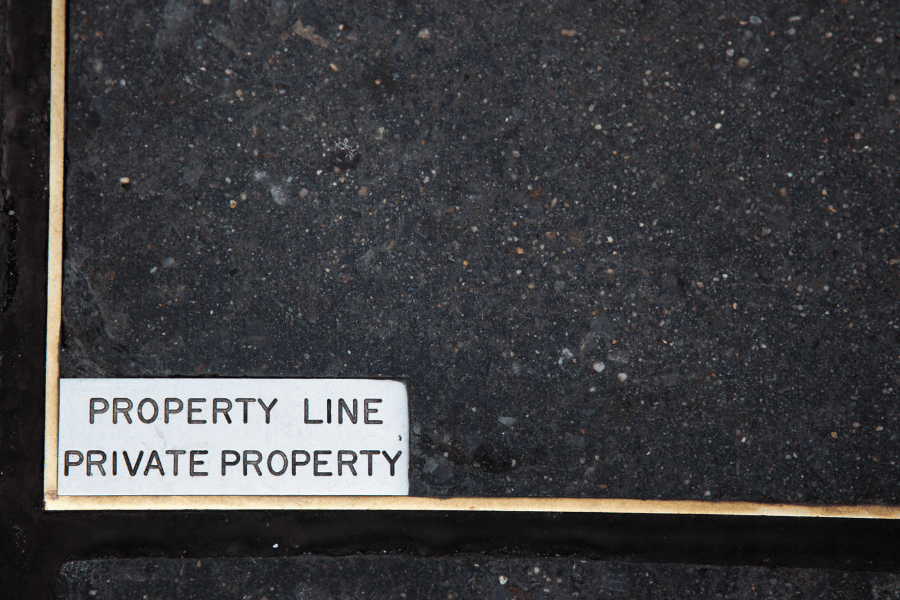
4. Choose Your Materials and Style
The materials you choose play a huge role in determining the cost of your fence installation and the kind of fence you want.
Here are some materials you can choose from when you are looking to build a fence.
- Wood: Wood is durable and ideal for traditional-style homes. This is one of the cheapest materials for a fence, especially when made with basic pine, spruce, or cedar. Prices do increase for pressure-treated wood and hardwoods.
- Metal: Whether it is iron, aluminum, or classical chain link fencing, these materials are very durable and often cost-effective to install.
- Vinyl: Vinyl is a trendy option due to its durability and weather-resistant nature. Many homeowners prefer this option because it does not require annual resealing like wood. Vinyl fences are suited for humid and rainy climates.
- Composite: Composite fencing comes in a range of looks and styles. It is solid and durable, ideal for a designer-inspired home. Most composite fences are more expensive but outlast other options due to their reinforced plastic and fiber design.
- Wrought Iron: Typically the most expensive kind, especially when built with high-quality 99% iron. These fences outlast others and provide suitable security borders since they are hard to climb, cut, or knock over.
There are different types of fences, just like the materials used for them: privacy, picket, and rail.
Privacy
Privacy fences generally cost between $25 and $60 per linear foot for 6' tall wood and vinyl fences. If you're looking to install an 8' tall privacy fence, be prepared to spend more, with costs ranging from $50 to $85 per linear foot. Some common types of privacy fences include shadow boxes, board and batten, board-on-board with overlapping slats, and edge-to-edge vertical or horizontal board fences.
Picket
Installing a picket fence costs approximately $20 to $50 per linear foot. Common materials include wood, vinyl, and aluminum at 3' to 5' heights. Due to the spaced boards, these fences are ideally suited for front yards and garden borders. Customization options are available at an additional cost.
Rail
Rail fences typically cost between $15 and $35 per linear foot, depending on the material, number of rails, and length of the fence. These rustic-looking fences usually consist of 2 to 4 wide rails made of unsurfaced wood, although vinyl rails are also a popular option.
Split rail fencing is commonly preferred for ranches, farms, and larger properties where an affordable boundary that doesn't obstruct property views is needed.
5. Notify Neighborhoods

Review the guidelines before installing a fence if you live in a neighborhood with covenants or homeowners associations. There may be restrictions on the size of the fence, the materials you use, and even how it looks.
On the other hand, if you are building on a property line, you may be required to notify your neighbors. It may not be mandatory, but it is common for communities to require neighbor notification.
If a neighbor is building a fence on the property line, in some cases, they may ask you to pay 50% of the cost of the fence, but you are not required to seek compensation. Local fence laws assume that boundary fences benefit both homeowners, so both owners must pay for maintenance.
However, these rules and laws vary depending on where you are located. So, make sure you understand the rules of where you live and talk to your surrounding neighbors who are on the property line about installing a fence and how you want to go about it.
6. Prepare to Build
From the layout to figuring out the materials to the cost, there are many things you should prepare before you start building your fence. Before you begin the project or before you hire a professional, you should have a plan for what you want to do and how you will do it, just like any other project.
According to Lowes, here are some things you should prepare before you start to build a fence:
- Check out different wood fence ideas and styles that will best fit your yard
- Check local codes and homeowner association guidelines about their rules on fence styles, sizes, and placements
- Determine if a permit is necessary for your fence
- Know your property lines and boundaries and make sure you discuss your plans with your neighborhoods
- Determine the layout you want that will allow you to use full pickets at the corners
- Plan gate post locations
- Use graph paper to draw out your plan
- Consider gate hardware as well
- Find a helper or professional
7. How To Install a Fence?
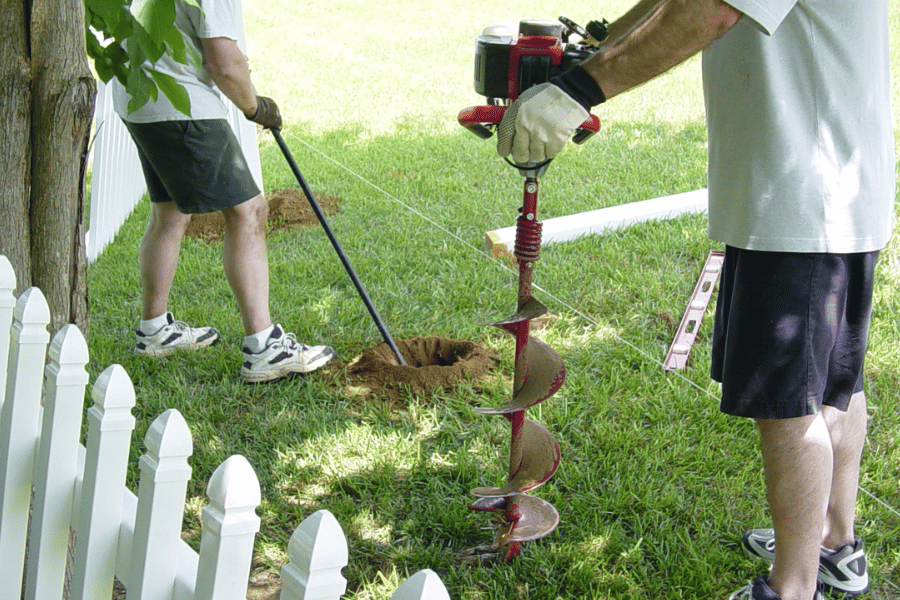
If you are ready to build a fence, here are eight simple steps to doing so:
- Plan your layout: Define the purpose, the location, the size, as well as any codes/regulations
- Measure and mark your post: measure, mark the locations, and buy your supplies
- Dig your post holes
- Position post in concrete
- Mark and attach rails to the post
- Install panels or pickets to the rails
- Attach post caps
- Seal or stain the fence
You may decide to build your fence or hire a professional. Whichever option you choose, you should still consider these steps to ensure you have control over the project and that it fits your needs and preferences. Both options have many different pros and cons, so weigh the options carefully to decide whether you want to do the project yourself or let someone else do it.
Methodology
We used information from different sources and our data about building a fence. There were various data to use, so we put them together to guide you on what you should know about building a fence.
The sources listed above are a few of the ones we used to gather most of our information about building a fence.
FAQS
What not to do when building a fence?
Do not rush through the installation steps. You can make simple mistakes, such as making the post holes too shallow, weakening the fence, and eventually causing it to fall over.
What are the pros of building a fence?
The main advantages of building a fence are it can increase your home's curb appeal, provide security, increase privacy, and offer protection from other elements.
What is the simplest fence to install?
A no-dig fence is the easiest fence to install yourself. All you need is the no-dig post and a hammer/mallet. You will lay out your plan and ensure you have enough panels, and then you'll be able to start installing.
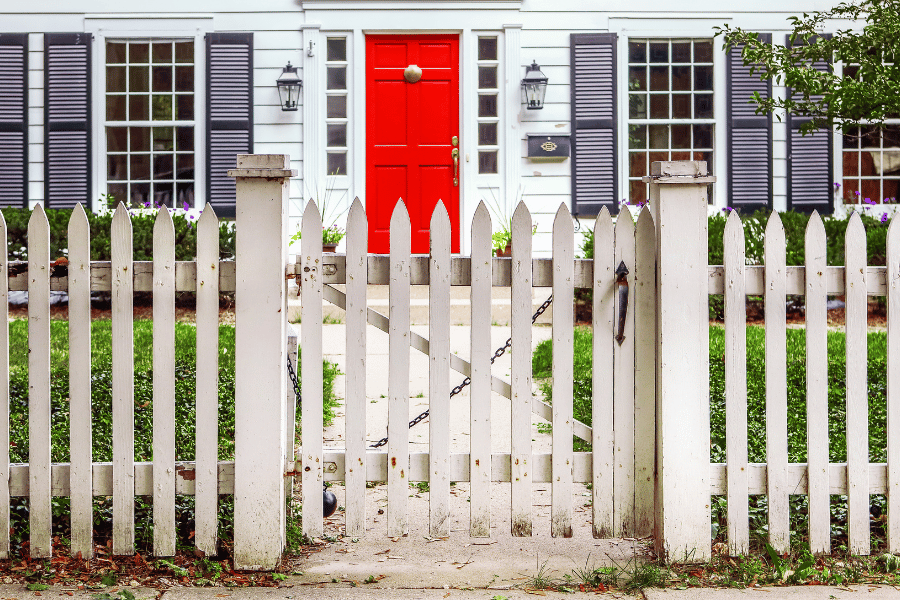
Homeowners Guide to Building a Fence - The Bottom Line
There are so many reasons why adding a fence to your property is a great idea, especially if you are looking for a way to boost your yard to create a perfect landscape; a simple fence can drastically improve the space.
Installing a fence is often relatively simple and can also be cost-effective if you understand the types. However, you do need to consider other factors that go into building a fence because they greatly impact the overall cost.
If you are considering moving or selling, contact us or visit our website. Our team at Raleigh Realty is here to help you with any home buying or selling needs.

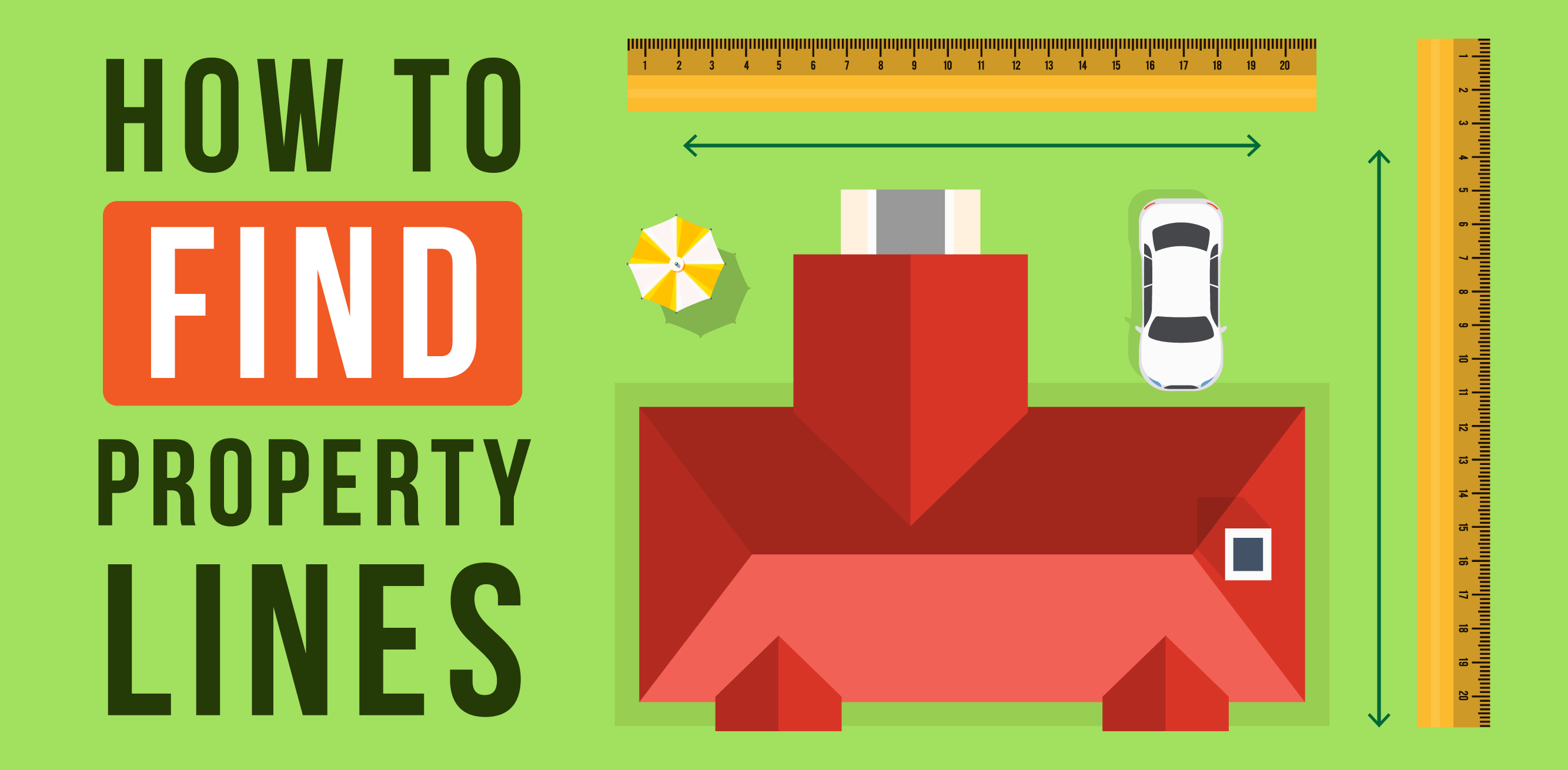
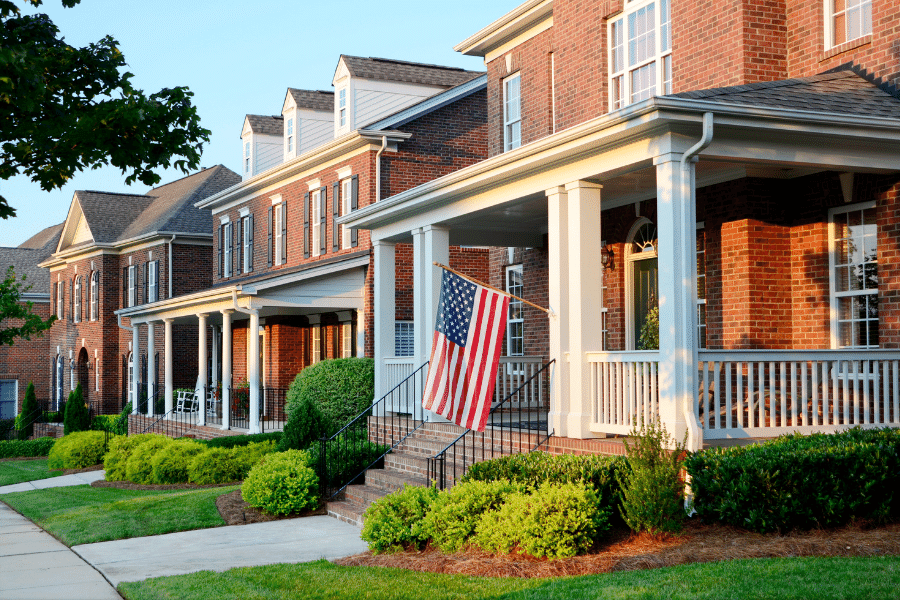
![How Much Does it Cost to Build a Fence? [2025 Data]](https://images.agentloft.com/rr-images/uploads/rr-migrated/blogs/July2024/VZ9FCgiKhKFOUSwar25g.png)